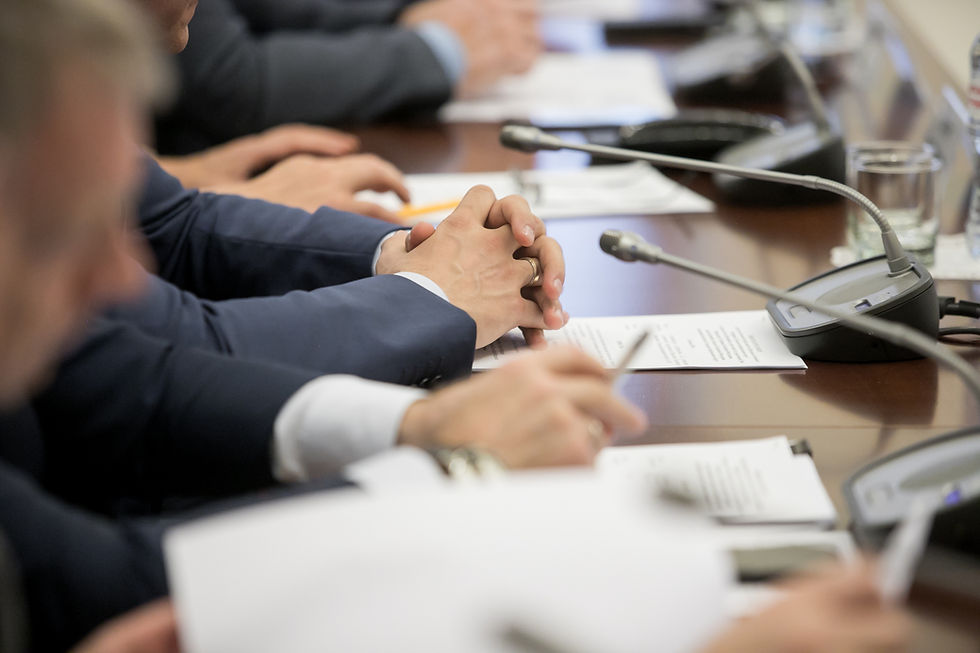The Circular Economy (pt. 4): What's the Government Got to Do With It?
- Seaside IT
- Aug 16, 2021
- 2 min read
Updated: Aug 18, 2021
How are governments making the circular economy a reality here in the United States? Generally, within the U.S., most policies that have circular economic aims are not explicitly labeled as such. These types of policies are often referred to as extended producer responsibility (EPR) policies or a collection of policies that may be categorized as dealing with issues related to waste from specific products or industries. For example, the bill may be narrowly focused on managing waste from batteries, plastic water bottles, or e-commerce packaging.
The United States has not demonstrated the same commitment to circular economic principles that some other countries have, and currently, there are few national circular economy or EPR-related policies that we can point to. Nevertheless, there are organizations currently trying to change this.
For example, the U.S. Plastic Pact is a collection of over 850 government entities, companies, non-governmental organizations, and research institutions committed to creating a framework for scalable solutions to achieve a circular economy within the United States. The Plastic Pact, led by the Recycling Partnership and World Wildlife Fund with support from the Ellen MacArthur Foundation, has outlined four ambitious targets:
Identify and report a list of products that are either necessary but are currently designed in a way that makes them problematic or products that are simply not necessary. Once this list is compiled, ideally by 2021, then make meaningful efforts to eliminate or redesign by 2025.
Ensure that all packaging materials are either recyclable, reusable, or compostable by 2025
Ensure that at least 50% of packaging materials are being recycled or composted effectively
An average of 30% of plastic packaging should be made of recycled or bio-based by 2025
Achieving these targets will take an enormous amount of coordination and accountability between partners, as this initiative operates on a voluntary basis. Additionally, this initiative will require significant government engagement, specifically at the federal level.
Despite the importance of federal engagement on these issues, most action currently being taken is at state and local levels. For instance, Maine recently became the first state to pass a comprehensive EPR bill focused on consumer packaging. This bill established a program where producers contribute to a fund that is used to cover the costs of the management of consumer packaging waste at the local level. Additionally, this bill incorporates an incentive structure to encourage producers to design recyclable and/or reusable packaging. A similar bill in Oregon has also been passed by the legislature, but has yet to be signed by Gov. Kate Brown. Both California and Massachusetts legislatures are in the process of reviewing EPR bills that are specifically aimed at reducing plastic pollution. In fact, one of Seaside Sustainability’s Legislative Team interns, James Roddy, provided testimony in favor of Massachusetts bills H.878 and H.869.
Although, there is little movement toward federal initiatives to close the loops of production, there is still hope! We can support state and local initiatives and policymakers, who are proving to be the frontrunners in this movement. If you are interested in taking action on this issue, research policies within your area or reach out to organizations like Seaside Sustainability to see how you can get involved.
Next in the Series, we will be exploring how we can close the loop on single use plastic straws.



